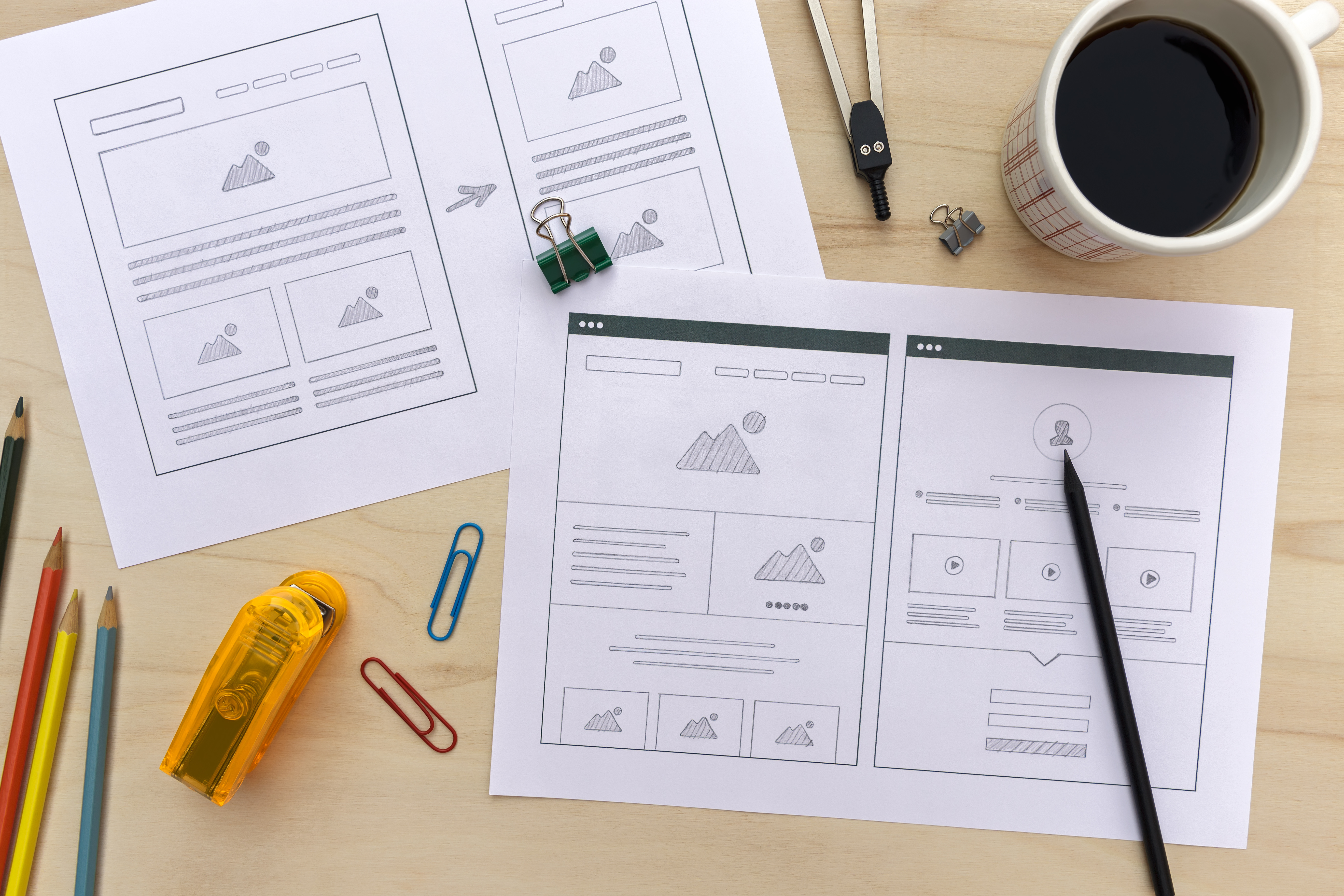BALANCING NEEDS & DESIRE IN MARKETING PT2.
09 January


SIGN UP TO OUR MAILING LIST
We previously spoke about the general premise of needs and desire, and how these two push and pull against each other, vying for your customers’ attention.
Now we’ll take a more in-depth look at how these needs play out online.
User experience and the need for familiarity
The key question to ask yourself about your website is, as with all marketing spend, ‘what is its purpose?’. The majority of sites we’ll work on as an agency will be transactional in one sense or another – whether that means people spending directly on an eCommerce or booking site, or indirectly by using a B2B site for research before making a decision on a product or service.
There are plenty of user experience heuristics (or guidelines) that come into play on these sites, including:
-recognition not recall: don’t expect users to remember all the information they’ve filled in on their journey so far (when booking a holiday, for example). Show them how they got somewhere, what options they’ve already selected and where they go from here.
– mirroring the real world: if your website is performing a function that your user will have likely done offline – adding a date to a calendar, for example – then ensure this process works in the same way on your website.
– speaking the user’s language: your marketing material, especially your website, is not the place to start using corporate jargon for everyday terms and phrases. Use common language in your navigation and throughout your site to give users the best chance of finding what they’re looking for!
– clear instructions: make any complex operations on your site as easy as possible by providing comprehensive, understandable instructions.
Where are your users spending their time online?
Jakob’s Law (from UX guru Jakob Nielsen) states that the most time people spend online is on sites other than yours. Seems obvious doesn’t it? Well what it means in real terms is that if you are, for example, a holiday site offering bookings, your customer will likely have been on several other sites in the past either booking or researching holidays.
They have a need on your site which trumps any purely emotional aesthetically driven desires. This means they’d prefer to see recognisable functionality, like a booking process that makes sense to them in the broader context of their online experience.
Now isn’t the time to be throwing an intricate, unexpected process in their way just to try to break away from the status quo. Instead, it’s the time to stand out from the crowd by delivering the functionality they expect to a higher level than the competition is delivering. This will both look good AND fulfil their immediate needs.
User experience and the desire for inspiration
A portfolio site, however, sees aesthetic desire win out. It is being used to show off your creativity and inspire the visitor in some way; imagery trumps copy, and imaginative layout triumphs over standard, recognisable conventions.
After all, how creative can you be if your site looks like all the rest? (In this instance, you could argue that the need to be inspired matches the aesthetic desire, and are therefore the same thing – but that’s taking us down a different path!).
Your own needs and desires
While your site should be built with the user in mind, it is also worth asking what YOU want your site to achieve. Search engines love great content, and it’s much easier to rank for terms that are important to you if your site features plenty of information highlighting your expertise in your particular field.
Readers love great content too – contrary to site owners’ fears about information-heavy sites, visitors will read copy if it’s broken up well, is easily scannable and, importantly, is interesting. This is especially the case in B2B, where a buying cycle can easily run to 18 months, and visitors must find the information needed to satisfy a host of stakeholders.
You may have a desire for a sparse, minimalist site, but I’m sure this is outweighed by the need (for you and your stakeholders) to have a site that delivers ROI – and this often means foregoing minimalism in favour for content.
In the next part, we’ll look at how the needs and desire paradigm is important in the print world.
SIGN UP TO OUR MAILING LIST


